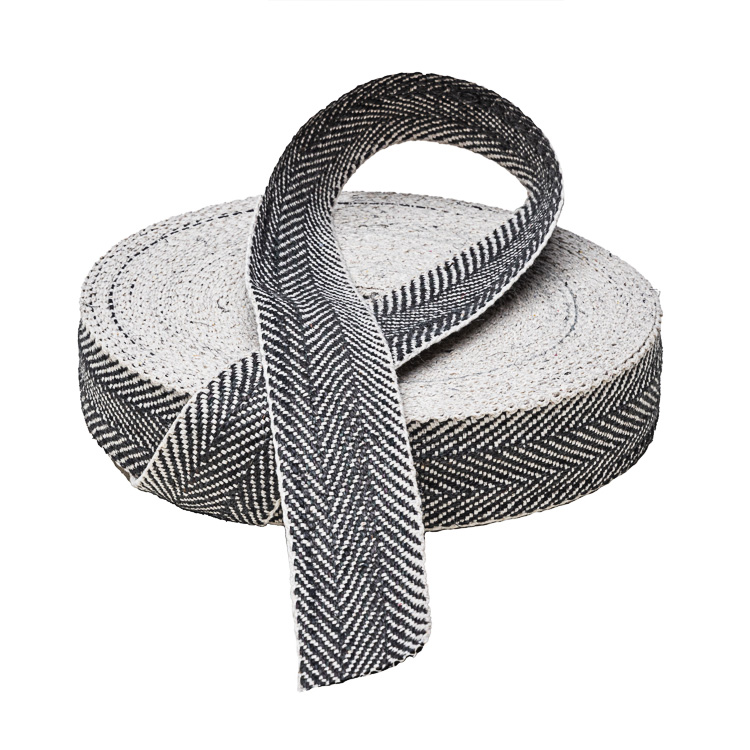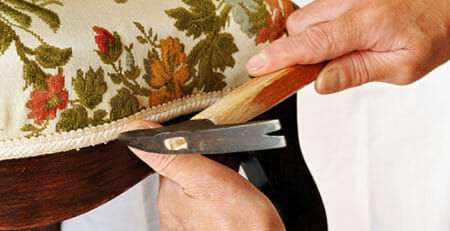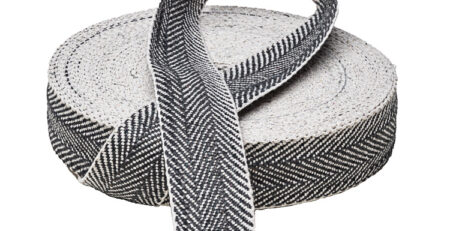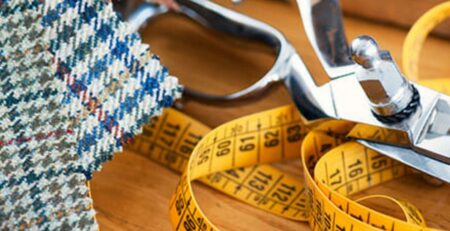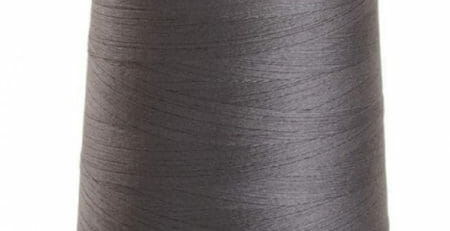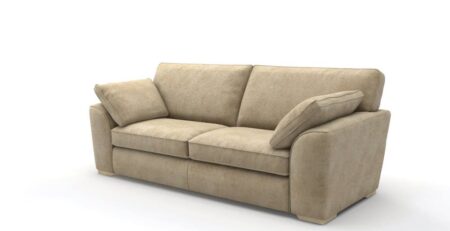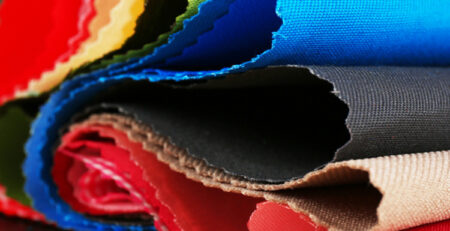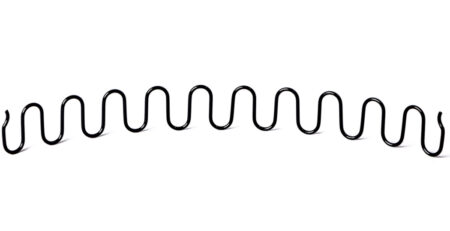The Overlooked Foundation – Webbing Basics for Furniture Repairs
Upholstery Webbing
Upholstery webbing is crucial when repairing or refinishing upholstered furniture. This woven cloth gives cushions, chairs, and other upholstered products crucial strength and structure. For experts and do-it-yourselfers working on furniture restorations, knowing when and how to use webbing is essential.
provides assistance
The structural base of cushions and seats is webbing. The tightly woven cloth, either of synthetic or natural fibres, is stretched out to form a base resembling a hammock. This offers stability and underpinning reinforcement.
Fills Cushions Securely Webbing not only provides support but also aids in keeping cushion fillers like foam, down, and batting in place. It keeps the upholstered pieces from shifting and sagging, which over time could weaken their structural integrity. Longevity is increased with properly anchored fill.
encourages the flow of air
Webbing’s woven structure promotes airflow rather than trapping heat and moisture like solid decking materials do. More comfort is offered while mould, mildew, and a speedier breakdown of fillings are all reduced by this breathability.
Adapts to Shock
Upholstery webbing’s natural flexibility and give help with shock absorption. The webbing system flexes slightly as users sit and adjust their weight to relieve pressure. This improves comfort while minimising wear.
complies with frames
Upholstery webbing easily conforms to and adjusts to wood or metal bases, even those with complex geometries, when it is tightly nailed across furniture frames. This makes it easier to create upholstery that is smooth and wrinkle-free.
Can Be Modified
To suit different uses, webbing is available in a range of fibre contents and tensions. For patio furniture, stronger outdoor webbing can be utilised. Design versatility is made possible by customizable widths, colours, and patterns.
allows for repairs
Old, compromised webbing can be taken out and replaced in portions that need to be resupported during furniture restoration. Fresh webbing is only necessary in weakened regions, saving both time and money.
allows for smoother upholstery
Applying the final upholstery layers is simpler over taut webbing than it is over hessian or muslin, which are common options for decking. Through upholstery fabrics, the weave pattern is less pronounced.
Long-term Stability
Nylon and polyester are examples of synthetic webbing materials that resist wear from use, moisture, and grease. Webbing lasts for many years even with constant use when put properly.
Option for Quality Upgrade
Sometimes springy hardwood decking is used in place of webbing in pricey upholstered furniture. However, superior webbing to basic hessian decking might offer more durability and comfort in low-cost furniture.
The supple, breathable unsung hero that offers hidden support and comfort in high-quality upholstered objects is upholstery webbing. DIYers can use this crucial material for repairs and upgrades by understanding its structural purpose and the best installation techniques.


